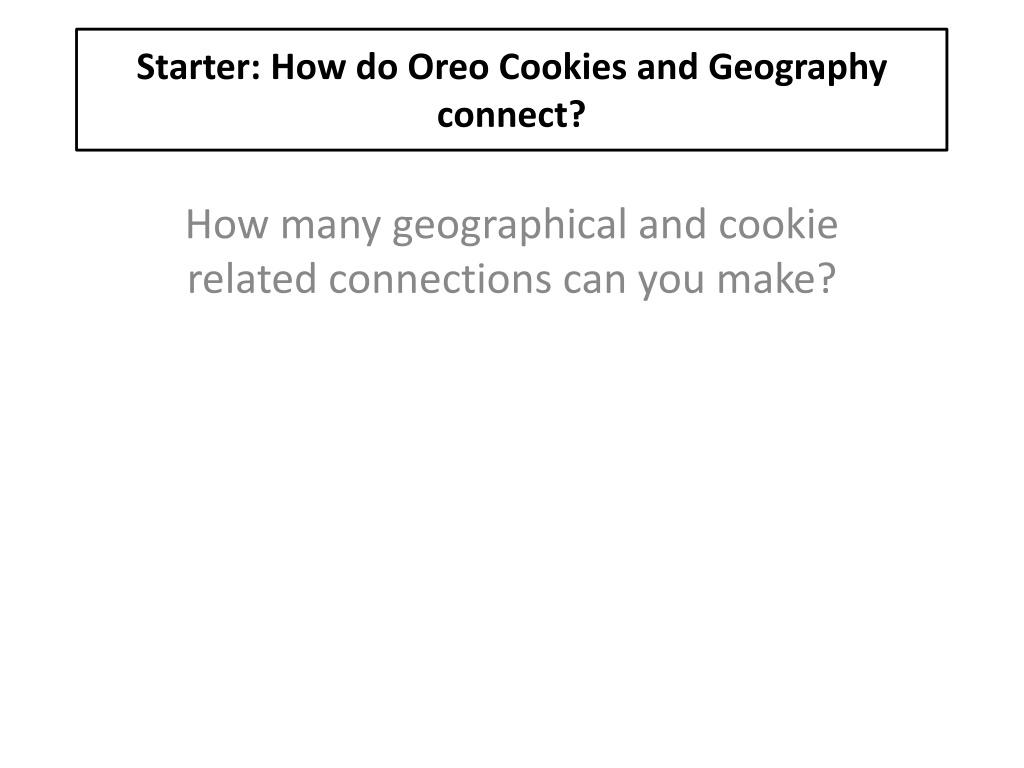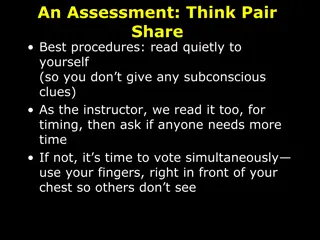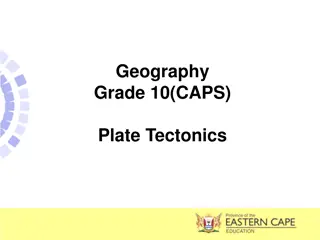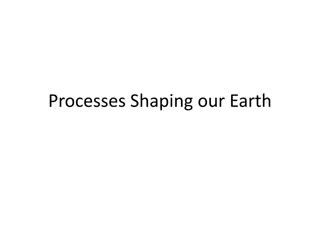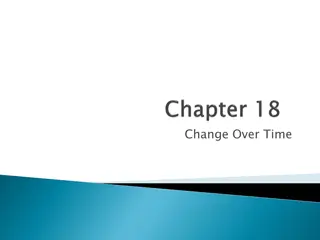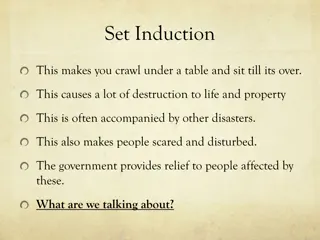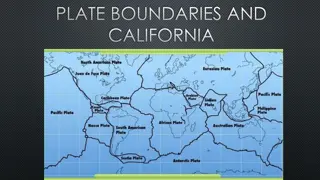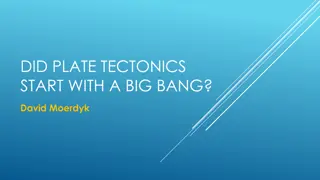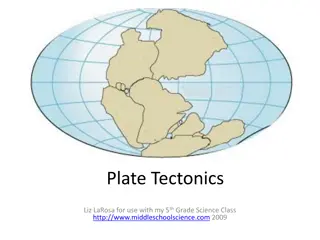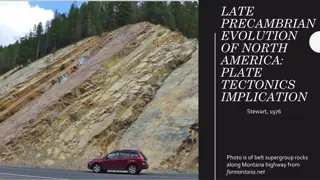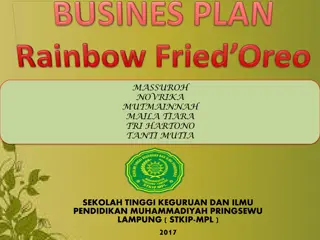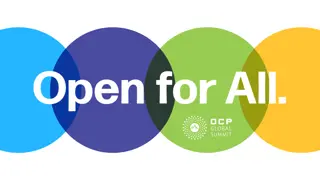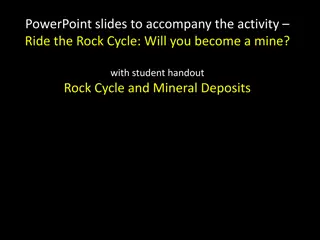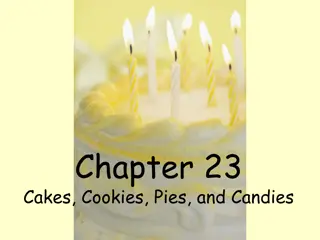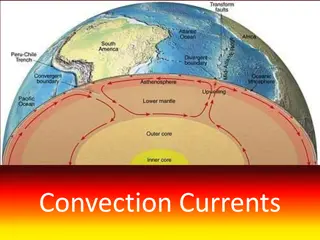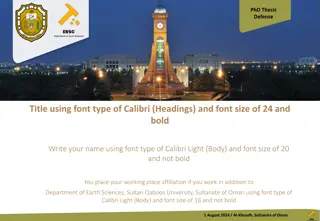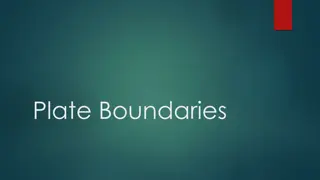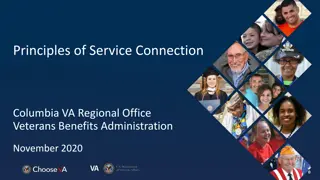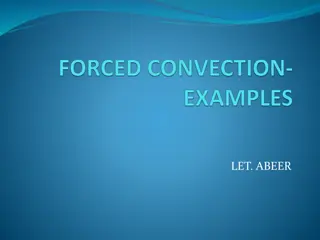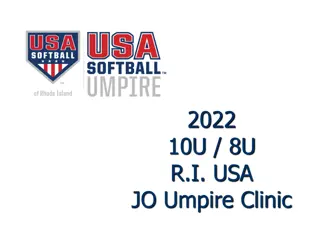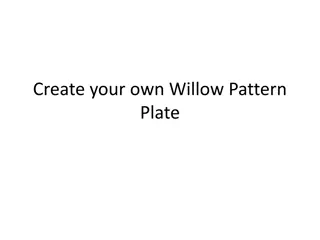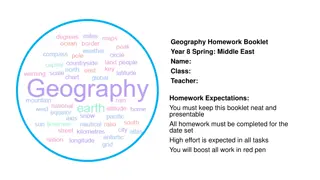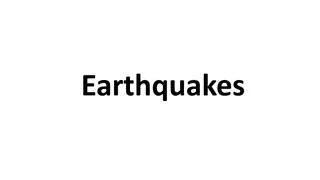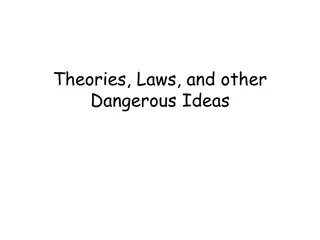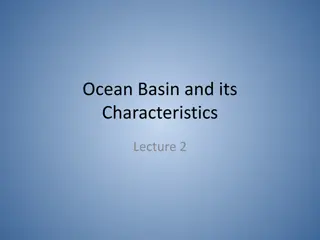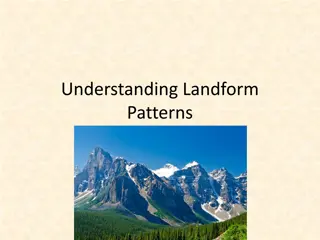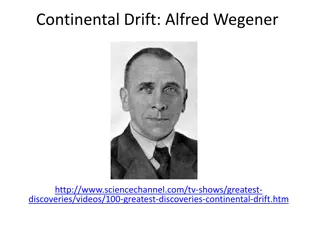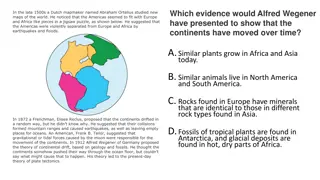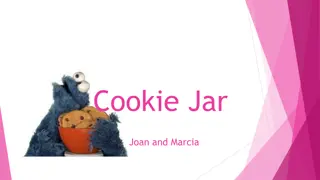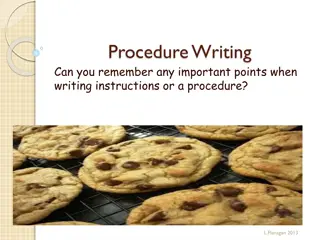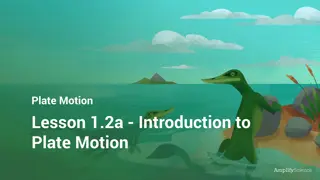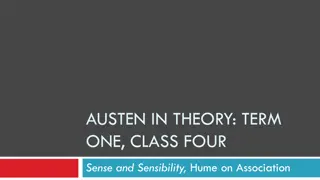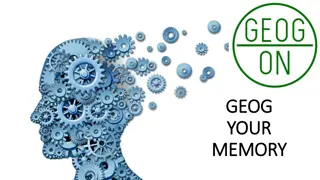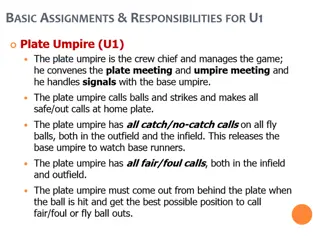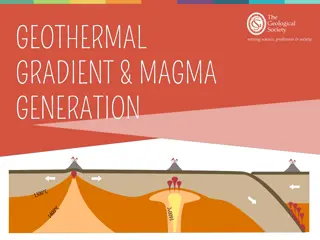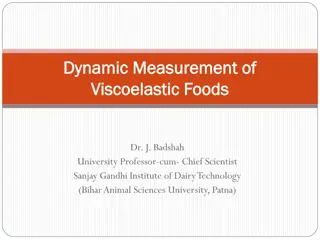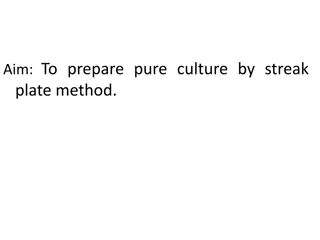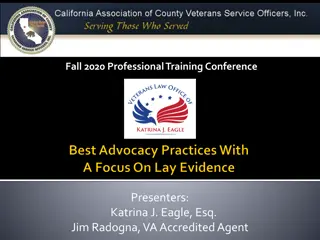Exploring the Connection Between Plate Tectonics and Oreo Cookies
Discover the unique ties between plate tectonics and Oreo cookies through a creative exploration of tectonic plate boundaries using Oreo cookies as a tangible model. Learn about the structure of the Earth, types of plate boundaries, and the movement of tectonic plates in a hands-on and engaging manner. Uncover the intersections of geography, geology, and delicious treats in a fun and educational activity.
Uploaded on Sep 22, 2024 | 0 Views
Download Presentation

Please find below an Image/Link to download the presentation.
The content on the website is provided AS IS for your information and personal use only. It may not be sold, licensed, or shared on other websites without obtaining consent from the author. Download presentation by click this link. If you encounter any issues during the download, it is possible that the publisher has removed the file from their server.
E N D
Presentation Transcript
Starter: How do Oreo Cookies and Geography connect? How many geographical and cookie related connections can you make?
Title: Plate Tectonic Oreos? Learning Objectives: BRONZE: will be able to state the four types of tectonic plate boundary SILVER: will be able to describe the movement of the tectonic plate boundaries GOLD: will be able to explain the types of tectonic plate boundary, using named examples Exam questions linked to this lesson: Explain the types of tectonic plate boundary. 4 marks.
What are tectonic plate boundaries? As a physical geographer, I studied tectonics in a lot of detail in my University degree. I studied geography (processes on the earth) and geology ( the study of the rocks which make up the earth). Its one of my favourite parts of Geography. I am going to share with you some really high- level, technical vocabulary and processes. The theory of plate tectonics states that the lithosphere (the land we live on, the crust) is made up of different plates and they move. This theory also explains why and how earthquakes and volcanoes are likely to occur within certain areas as well as how new crust forms. These plates are thought to float and move across the top of the asthenosphere (the mantle). The asthenosphere (middle mantle) is responsible for much of this movement and is the layer just below the lithosphere (upper mantle) . While moving, the tectonic plates interact with each other at their boundaries (edges). The types of interactions at the boundaries of these plates, results in four main types : Collision, Constructive, Destructive and Conservative.
Crust Upper mantle Lower mantle
Oreo tectonic plates? Let s practice being an Oreo Cookie Operator together! Directions: 1. Carefully without breaking the cookie remove the top cookie (lift it off). Place is loosely (gently) back on top of the creamy filling. 2. Then slide the top portion of the cookie over the filling (gently) with your finger. This represents the movement of a tectonic plate sliding over the asthenosphere (upper mantle).
Plate boundaries and Oreos? In pairs you will decide on two roles: an Information Researcher and a Oreo Cookie Operator. 1. The Information Researcher will find the plate boundaries around the room, gather the important information, note it down and explain this to their partner, back in your sear. 2. The Oreo Cookie Operator will move the crust to cause the plates to move and observe the effect at the four boundaries. Remember: There are four plate boundaries to investigate. You both need to complete your worksheet. You both need to sketch what you observe when the plates move. There are lots of cookies (for you all to eat after!) Challenge Question: Explain the types of plate boundary, using named examples.
Oreo 1: Destructive plate boundary With destructive plate boundaries move, the plates are moving toward each other or converging. The oceanic plate goes beneath another plate, the continental and is subducted (subducting). When oceanic plates converge with continental plates the denser oceanic plate subducts beneath the continental plate. A deep sea trench is formed, and then a mountain chain and volcano form. Directions: 1. break the bottom cookie) 2. Then bring the broken parts together in the centre of the Oreo. 3. Once completed place your cookie on your portion of your napkin marked divergent boundary. Carefully break the top cookie of your Oreo in half. (Do not
Oreo 2: Constructive plate boundary When two plates move away from each other they are considered to be a constructive plate boundary. These boundaries sometimes referred to as spreading centres, and occur during sea-floor spreading. An example would include the Mid-Atlantic Ridge. The plates has spread apart, new land has been created and Iceland, as a result, was formed. Directions: 1. Carefully break the top cookie of your Oreo in half. (Do not break the bottom cookie) 2. Then, gently pull these two parts of the top cookie apart.
Oreo 3: Conservative plate boundary Conservative plate boundaries are when two plates slide past one another. This movement is not equal. An example of a transform boundary is in California, USA called the San Andreas Fault. This occurs where the North American plate passes along the Pacific Plate, along the San Andreas Fault. During this movement the Pacific Plate is moving Northwest and the North American Plates is moving southwest. Portions of the San Andreas Fault move as much as five centimetres (cm) per year, whereas in other sections it has not moved in over a century. Directions: 1. Carefully break the top cookie of your Oreo in half. (Do not break the bottom cookie) 2. Then pull/push the two parts of the top cookie past one another, in opposite directions (one upwards and the other downwards).
Oreo 4: Collision plate boundary During plate movement plates interact in varies ways. The plates at collision move towards each other. This is usually found on major continents. Here, the land found on the edge of the plate becomes crumpled up. This forms fold mountains. There are no volcanoes found at collision plate boundaries. An example of this fold mountain is the Andes mountains on the South American Plate. In addition, this collision generally will cause one plate to be pushed high, upwards into a mountain range. An example of such an event created the Himalaya Mountains. Directions: 1. bottom cookie) 2. Then Push the two parts of the top cookie towards one another (so the collide). 3. Once completed: you should see the top cookie and the white filling pushed up together. Carefully break the top cookie of your Oreo in half. (Do not break the
Where are you now? Learning Objectives: BRONZE: will be able to state the four types of tectonic plate boundary SILVER: will be able to describe the movement of the tectonic plate boundaries GOLD: will be able to explain the types of tectonic plate boundary, using named examples
Task Selection Bronze Task Silver Task Gold Task Create a short speech to present to other Geography students to explain the four types of plate boundaries. Pitch your guide at other GCSE students in Year 10. Create a step by step guide (a method) to the investigation you have completed today. Pitch your guide at Year 9 GCSE students who could use it at home. Create a promotional poster to explain the four types of plate boundaries and giving named examples. Challenge: Include the technical mentioned today.
To Finish: Explain one type of plate boundary in a Geographical Tweet! (Less than 140 characters) http://ajr.org/wp-content/uploads/2014/06/no-tweet-blink-cursor.gif
